The country has one of the leading pig industries in the world. Pig meat produced in Denmark is characterized by its high quality; pig farmers constantly try to improve the welfare of live pigs. In recent years, the farming industry in Denmark has seen a huge rise in pig framing – a more intensive way of raising pigs for slaughter. In addition, in recent years, there has been an increase in pig farming operations that use modern methods of animal husbandry.
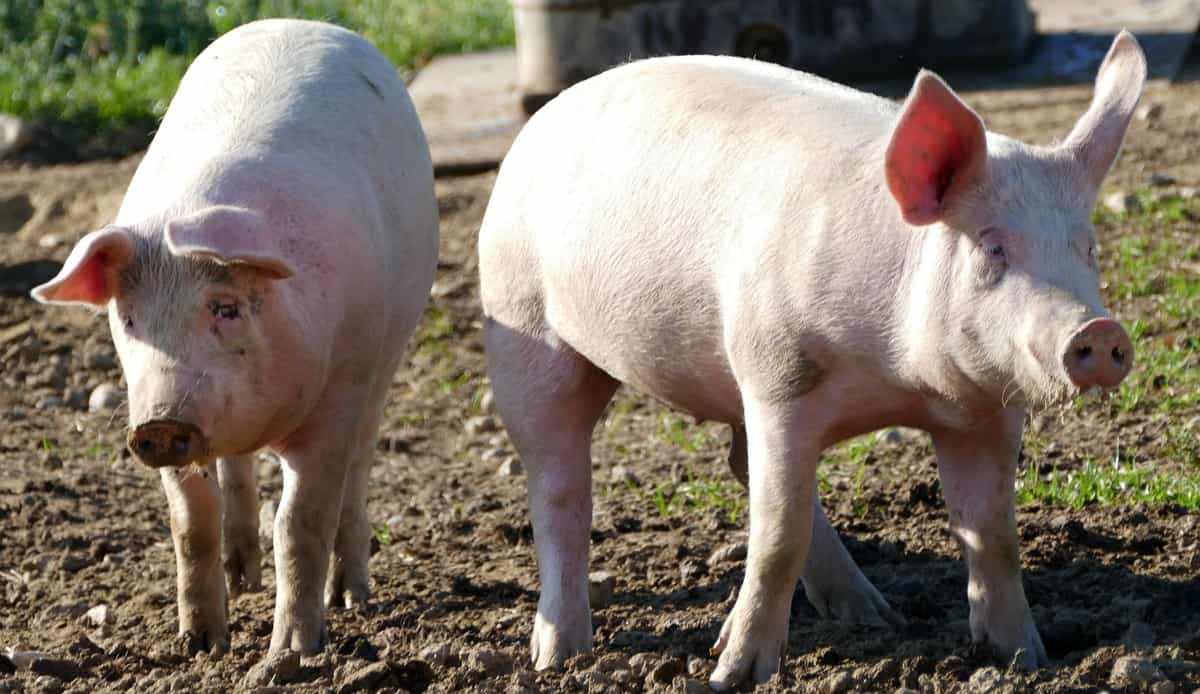
Key rules to start pig farming in Denmark
What is pig farming?
Pig farming in Denmark raises pigs that allow them to roam freely in an open area. In addition, the open area allows the pigs to express their natural behaviors, such as rooting and foraging. Pigs raised using the pig framing method have been shown to have better overall health and welfare.
Pig farming importance in Denmark
- Pigs are an important part of Danish culture and the economy. They provide food, income, and employment for many people in Denmark. Pig farming is also an important contributor to the country’s exports.
- Denmark is one of the world’s leading producers and exporters of pork. Pork accounts for more than half of Denmark’s meat production and exports.
- Pigs are traditionally framed in Denmark during the winter months. This is because pigs were traditionally slaughtered when they were fattest, typically during the colder months.
- Pig farming is an important part of Danish agriculture. It employs around 12,000 people on 1,500 farms across the country. Pigs are kept in conditions that meet high animal welfare standards set by Danish law.
- Danish pig farmers produce high-quality pork using sustainable practices. In addition, they use innovative technologies to minimize environmental impact and ensure food safety. For example, Danish farmers were among the first in Europe to introduce group housing for sows and a practice that improves sow welfare and reduces environmental impact.
In case you missed it: Key Rules to Start Poultry Farming in Denmark: Business Plan, Breeds, Setup Cost, Profit, and Management
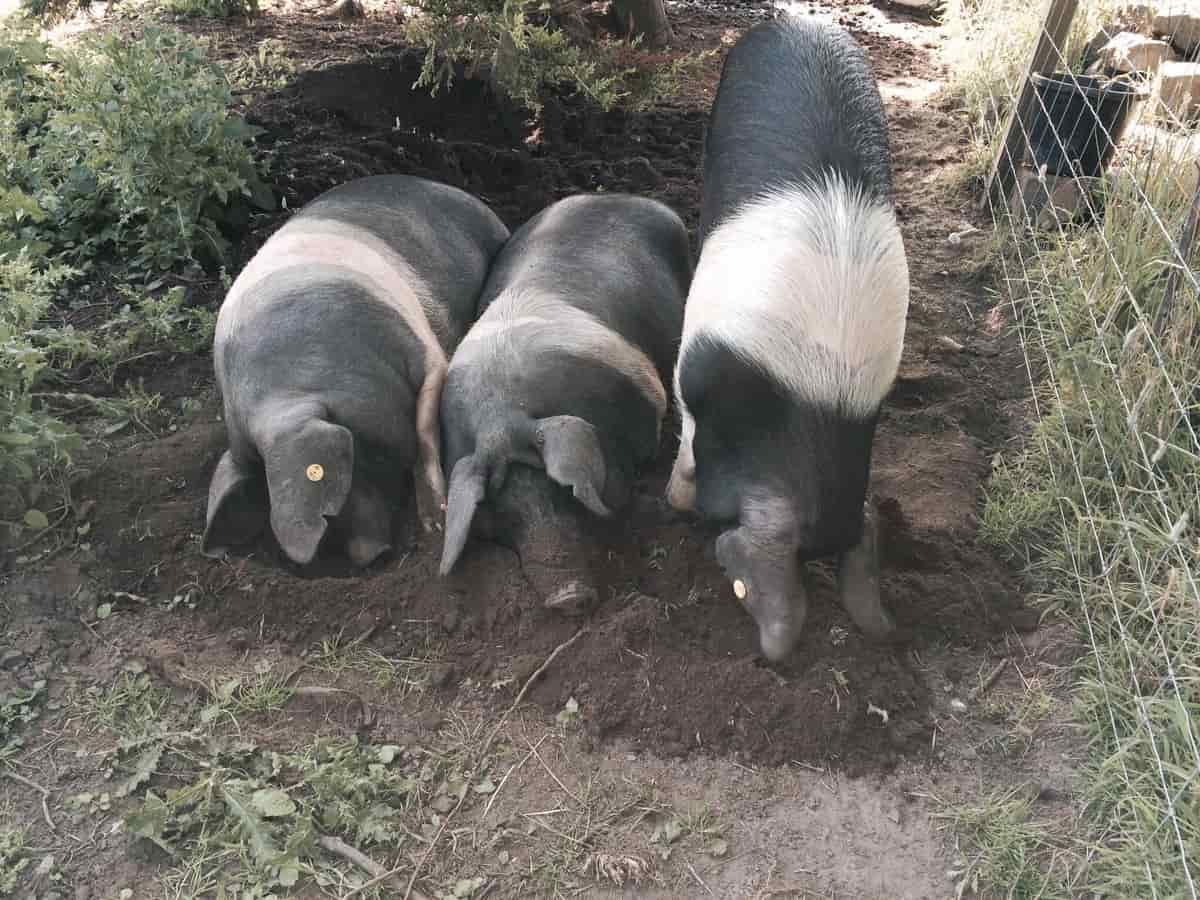
Pig farming states in Denmark
Pig farming is a major industry in Denmark, and it is one of the world’s leading exporters of pork products. The vast majority of pigs in Denmark are raised in intensively-farmed conditions, with large numbers of animals being kept in relatively small spaces.
Denmark’s main pig farming states are North Jutland, South Jutland, and Funen. North Jutland is home to the largest number of pigs, with over two million animals being raised there. South Jutland has the second-largest number of pigs, with just over one million animals. Funen is home to around half a million pigs.
Requirements for pig farming in Denmark
- Pig farming in Denmark is a highly regulated industry with strict animal welfare, environmental protection and food safety requirements.
- The Danish Veterinary and Food Administration must register and inspect all Danish pig farms. In addition, pig farmers must have a valid license to operate a pig farm, which is granted after completing an approved course on pigs and pig production.
- Pig farms must meet strict requirements on housing, nutrition, health care, animal husbandry, and welfare. For example, pigs must have access to clean water, fresh air, straw for bedding, and ample space to move around. In addition, they must be fed a nutritious diet and provided with regular health check-ups.
- All Danish pig farms are subject to regular audits by independent certification bodies to ensure they comply with the latest standards.
Small-scale pig farming in Denmark
- In Denmark, small-scale pig farming is a popular and rewarding way to produce pork. There are many advantages to this type of farming, including the ability to control the environment and conditions in which the pigs are raised and direct-market the pork products.
- The first step in small-scale pig farming is to select the right breed of pig for your farm. There are many different breeds of pigs available, each with its characteristics. Some important considerations when choosing a breed include climate adaptability, feed efficiency, lean meat percentage, and temperament.
- Once you have selected a breed, you must purchase some piglets. You can buy them from a breeder or another farmer, or you may be able to find some for sale at a local livestock auction. It is important to ensure that the piglets are healthy and have had their vaccinations before bringing them home to your farm.
Feed importance for pig farming in Denmark
- Pigs are a key part of the Danish farming economy, and their feed is important in ensuring their health and productivity. Denmark is a major producer of pig feed, and the country’s farmers have developed several innovative techniques for growing and processing it.
- Pig feed is typically made from cereals, soybeans, and other ingredients. The exact formulation varies depending on the type of pig being raised and the desired outcome, but all pig feeds must meet certain minimum standards set by the Danish government.
- The Danish Agricultural Agency closely monitors the quality of pig feed, and farmers must keep detailed records of their pigs’ diets. This ensures that pigs get the nutrients they need to stay healthy and perform well.
- Denmark’s pig farmers have a long history of excellence and continue to lead the way in innovation and husbandry practices. Their commitment to producing high-quality pig feed is just one example of this dedication, and it plays a main role in ensuring the success of Denmark’s pork industry.
In case you missed it: How to Start Greenhouse Farming in Denmark: Business Plan, Key Rules, Setup Cost, and Profit
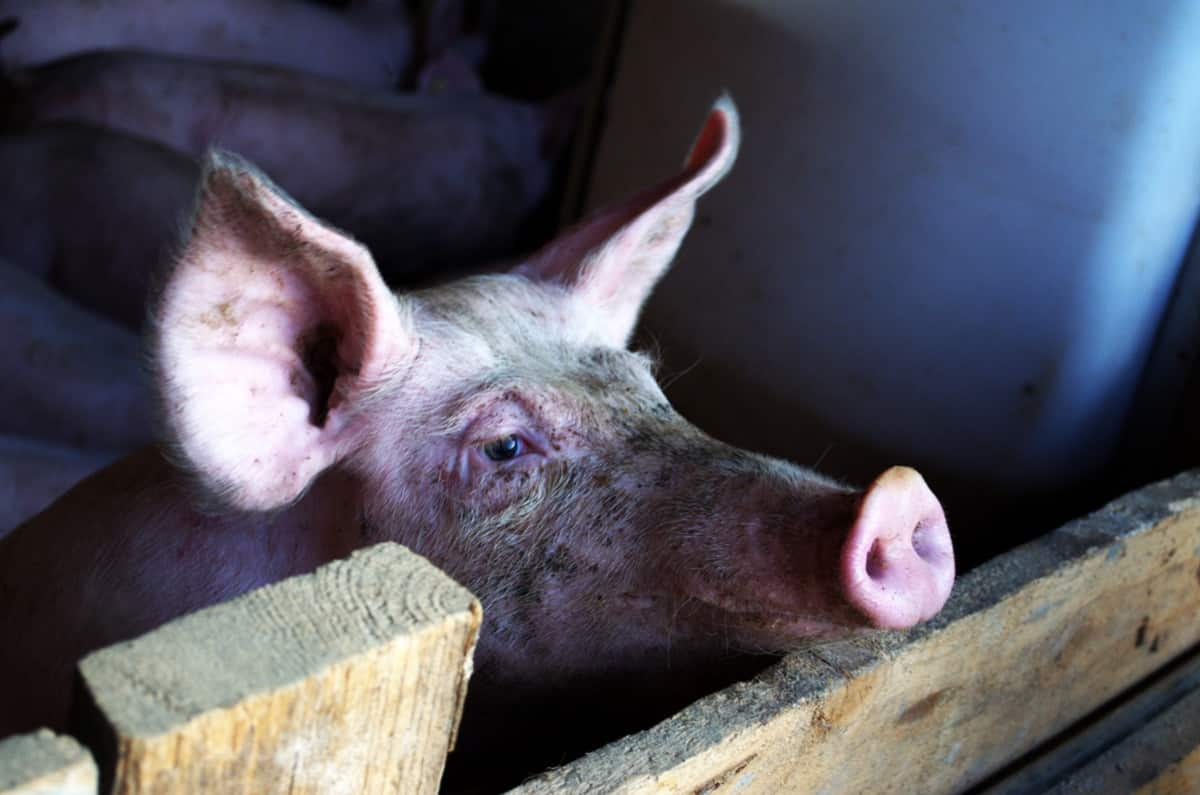
Pig breeds available in Denmark
Pigs are some of the most commonly farmed animals in Denmark. Many breeds of pigs are suitable for different purposes, such as bacon production, pork production, or sausage making. Denmark’s most popular pig breeds include the Danish Landrace pig, Danish Protest Pig, Yorkshire Pig, the Landrace Pig, and the Duroc Pig.
Pig farming in Denmark is an important industry, and many types of pigs are suited for different purposes. If you are interested in starting a pig farm in Denmark, be sure to research the different breeds of pigs available and choose the ones that best suit your needs.
Steps to start a pig farming business plan in Denmark
- Research the market for pork in Denmark.
- Decide on the type of pig you will produce.
- Choose a suitable location for your pig farm. The climate in Denmark is well suited for raising pigs outdoors.
- Obtain the necessary permits and licenses from the Danish government.
- Build pens and housing for your pigs. Make sure to shelter them from the elements and have plenty of room to roam around.
- Purchase pigs from a reputable breeder. Start with a small number of pigs and gradually increase your herd over time
- Feed your pigs a balanced diet of grain, vegetables, and minerals. In addition, please provide them with clean water at all times.
- Keep your pig pens clean and free of disease-causing bacteria. Regularly disinfect them with bleach or other disinfectants approved for use in food preparation areas.
- Transport your pigs to slaughterhouses when they reach maturity (typically between 6-8 months old). Alternatively, you can sell live pigs to other farmers.
- Manage your finances carefully and track your profit margins closely.
Is pig farming profitable in Denmark?
Yes, pig farming is profitable in Denmark. In addition, Danish pigs are known for their high quality, and the country’s pork producers have developed efficient production methods that allow them to compete in the international market.
Care and management of pig farm in Denmark
- Pig farming in Denmark is a very efficient way of farming pigs. The farmers have developed a system where the pigs are kept in small groups in large pens. This system allows the farmers to provide the pigs with everything they need while still being able to keep an eye on them.
- The piglets are born in a farrowing pen and stay there until they are weaned. After that, they are moved to a nursery pen. When they are ready, they are moved to a finishing pen. The farmers use automatic feeders and drinkers so that the pigs can always access food and water.
- The Pigs are also given plenty of space to exercise and play. This is important for their health and well-being. The farmers here take great care of their pigs, which shows in the meat’s quality.
In case you missed it: Key Rules to Start Organic Farming in Denmark: Business Plan, Cost, Profit, and Management
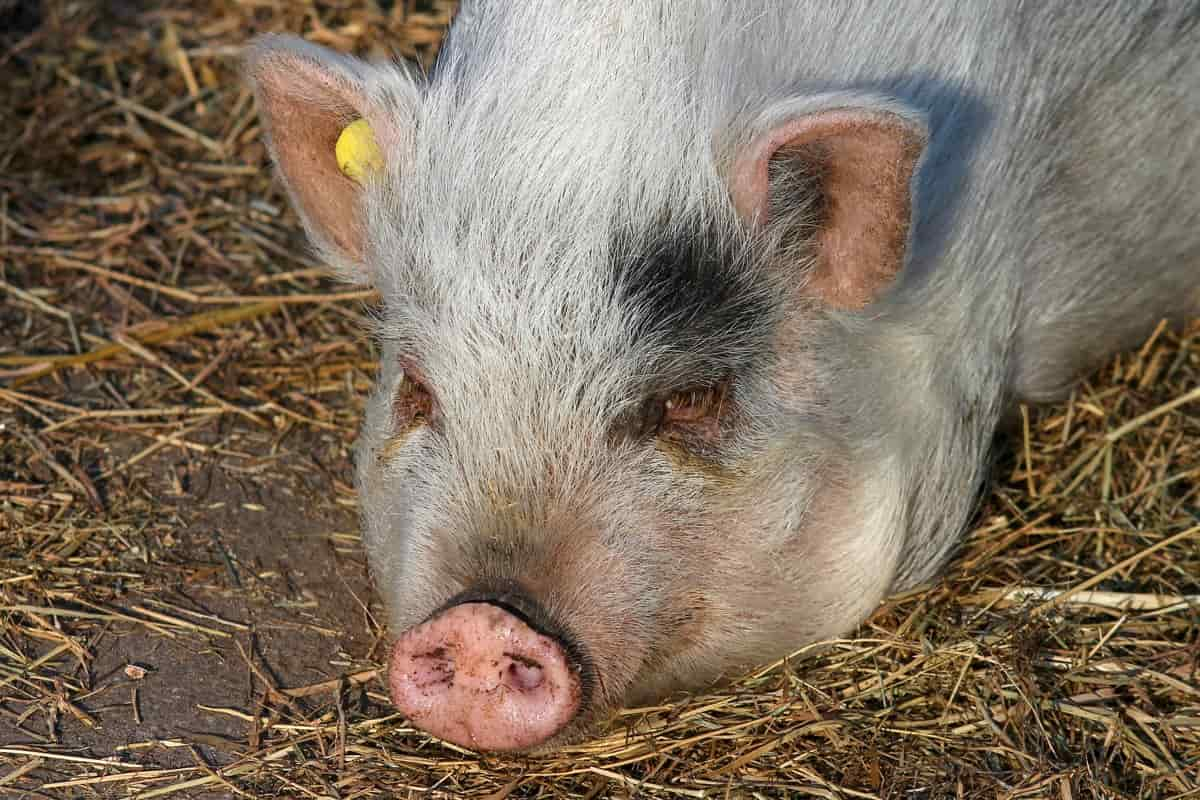
Pig production methods in Denmark
Pig production methods in Denmark have evolved, but the focus has always been on efficient and sustainable methods that improve animal welfare. One of the most popular methods is pig husbandry, which emphasizes natural conditions and allows pigs to roam freely. Other common methods include indoor housing with pens and outdoor housing with paddocks.
In recent years, some farmers have started using organic methods, such as feeding pigs organic food and natural remedies for health problems. Whichever method is used, Danish farmers take great care of their pigs and are constantly striving to improve conditions for the animals. This is evident in the high-quality Danish pork, which consumers worldwide enjoy.
Necessary facilities for pig framing in Denmark
- A water source: Pigs always need access to water, so a reliable water source is essential. If you’re using a well, ensure it’s regularly tested and treated to ensure the safety of the water.
- Food and shelter: Pigs need a comfortable place to sleep and access to food that meets their nutritional needs. You’ll also need to shelter them in a barn or a covered area.
- Fencing: To keep your pigs safe and contained, you’ll need to invest in good-quality fencing. Depending on your budget and needs, this can be anything from simple wire fencing to more complex systems.
- Vaccinations: As with any animal, pigs must be vaccinated against common diseases to stay healthy. Your veterinarian can advise you on which vaccinations are needed and when they should be given.
Key rules to start pig farming in Denmark
- Research the market and understand the demand for pork products in the country.
- All pigs must be registered with the Danish Veterinary and Food Administration.
- Pigs must be kept in approved housing that meets minimum space, ventilation, and cleanliness standards.
- Pigs must have access to fresh water and a balanced diet.
- You must have a license to transport pigs within Denmark.
- Pigs must be slaughtered in an approved slaughterhouse by a qualified professional.
Cost of starting a pig farm business in Denmark
The average cost of setting up a pig farm in Denmark is about $1.5 million. This includes the cost of the land, buildings, and equipment. Pig production in Denmark is mostly done on large farms with more than 2,000 pigs. There are about 100 such farms in the country. These farms produce about 80% of all the pigs in Denmark. The other 20% come from small farms with less than 200 pigs.
In case you missed it: 17 Key Rules for Effective Piggery Management: From Planning to Reduce Production Cost
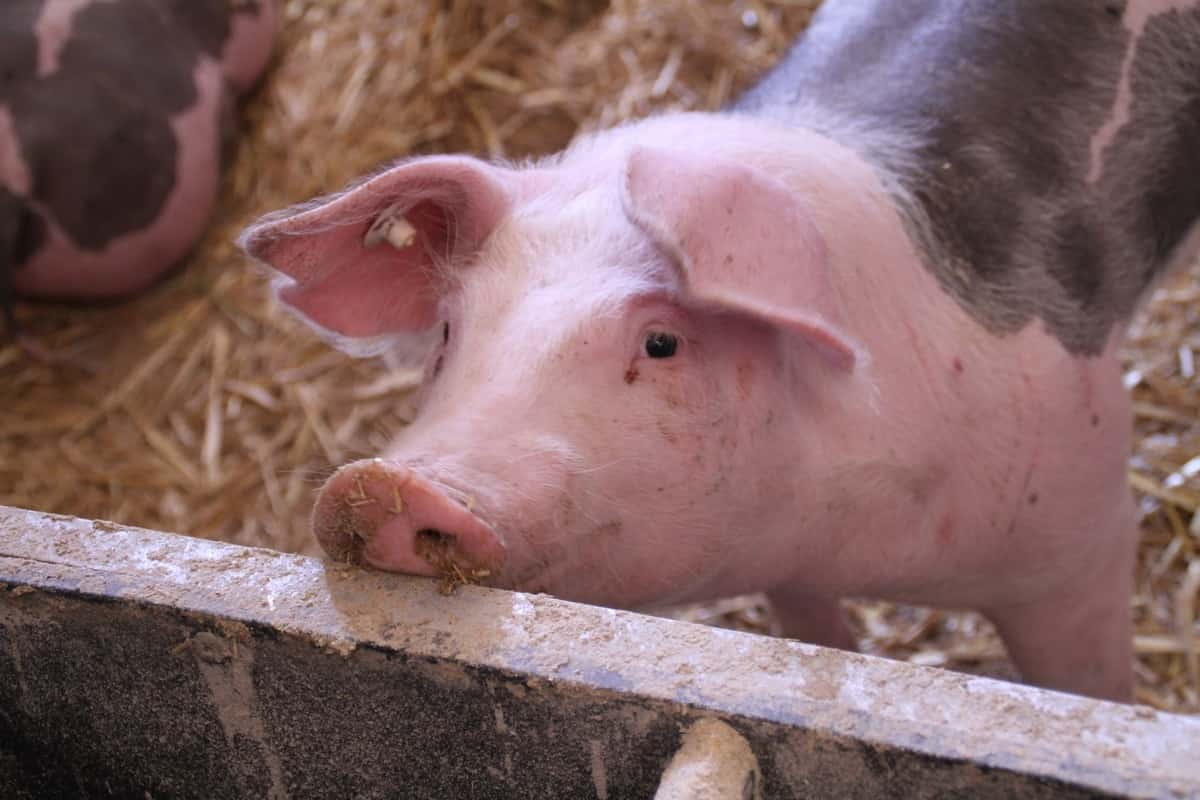
Pig farming challenges in Denmark
- The Denmark climate is not ideal for pigs, with cold winters and hot summers. This can make it difficult to keep pigs comfortable and healthy.
- Denmark is a high-population country, so there is not much land for pig farming. This means that farms have to be very efficient in their use of space.
- Labor costs are relatively high in Denmark, so farms have to be very efficient in their use of labor as well.
- Danish consumers are very demanding regarding the quality of pork products, so farms have to produce high-quality pork.
Pig farming loans and subsidies in Denmark
- Pig farming in Denmark is a well-established industry with a long history. Danish pig farmers are highly efficient and produce high-quality pork. The government provides loans and subsidies to pig farmers to help them maintain their businesses.
- The Danish government offers pig farmers two types of loans: production and investment. Production loans are interest-free and can be used for any purpose related to pig production, such as feed, equipment, or repairs. Investment loans are low-interest loans that must be used for specific investments, such as new buildings or upgrading facilities.
- In addition to loans, the government also provides subsidies to pig farmers. These subsidies can be used for any purpose related to pig production, including feed, equipment, or repairs. Subsidies are typically given based on the number of pigs a farmer has, so larger farms receive more subsidies than smaller farms. The combination of loans and subsidies makes it possible for Danish pig farmers to maintain their businesses and continue producing high-quality pork for the country.
- Danish pig farmers also benefit from strong support from the government. The Danish government provides financial incentives for farmers who adopt new technologies and practices that improve animal welfare or reduce environmental impact. These incentives make it easier for Danish farmers to invest in new technologies and practices, which helps them stay at the forefront of the global pig industry.
In case you missed it: How to Start Pig Farming from Scratch: A Complete Guide for Beginners
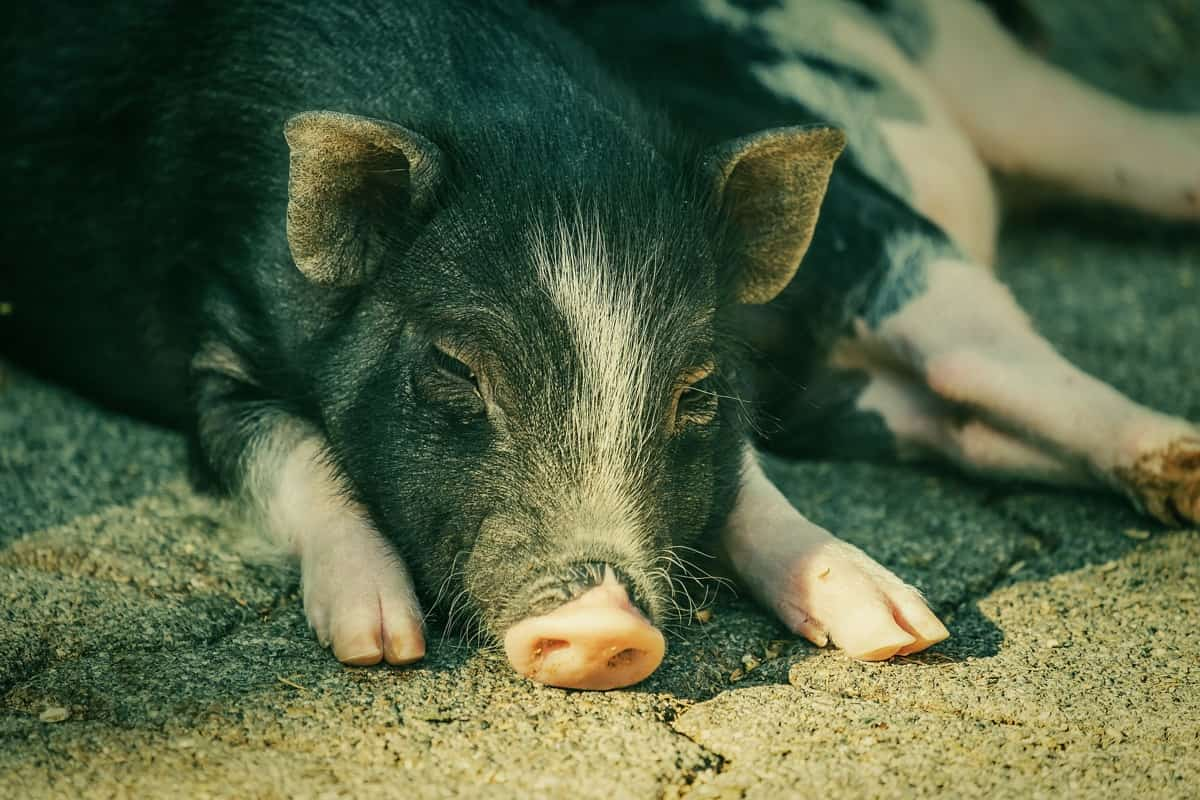
Conclusion
Pigs play an important role in Danish agriculture and are also used for other purposes, such as transportation and environmental management. Pig farming in Denmark has been a major industry for centuries. It is one of the most labor-intensive farming methods, yet it continues to thrive due to its ability to produce superior pork products.
- Types of Pesticides Used in Agriculture: A Beginner’s Guide
- Economical Aquaculture: A Guide to Low-Budget Fish Farming
- 15 Common Planting Errors That Can Doom Your Fruit Trees
- How to Make Houseplants Bushy: Effective Tips and Ideas
- Innovative Strategies for Boosting Coconut Pollination and Yield
- Pollination Strategies for Maximum Pumpkin Yield
- The Complete Guide to Chicken Fattening: Strategies for Maximum Growth
- Natural Solutions for Tulip Problems: 100% Effective Remedies for Leaf and Bulb-Related Issues
- Revolutionizing Citrus Preservation: Towards a Healthier, Greener Future
- Natural Solutions for Peony Leaf and Flower Problems: 100% Effective Remedies
- Maximizing Profits with Avocado Contract Farming in India: A Comprehensive Guide
- Natural Solutions for Hydrangea Problems: 100% Effective Remedies for Leaf and Flowers
- The Ultimate Guide to Choosing the Perfect Foliage Friend: Bringing Life Indoors
- From Sunlight to Sustainability: 15 Ways to Use Solar Technology in Agriculture
- The Ultimate Guide to Dong Tao Chicken: Exploring from History to Raising
- The Eco-Friendly Makeover: How to Convert Your Unused Swimming Pool into a Fish Pond
- Mastering the Art of Delaware Chicken Farming: Essentials for Healthy Backyard Flocks
- 20 Best Homemade Fertilizers for Money Plant: DIY Recipes and Application Methods
- How to Craft a Comprehensive Free-Range Chicken Farming Business Plan
- Brighten Your Flock: Raising Easter Egger Chickens for Beauty and Bounty
- How to Optimize Your Poultry Egg Farm Business Plan with These Strategies
- Subsidy for Spirulina Cultivation: How Indian Government Schemes Encouraging Spirulina Farmers
- Ultimate Guide to Raising Dominique Chickens: Breeding, Feeding, Egg-Production, and Care
- Mastering the Art of Raising Jersey Giant Chickens: Care, Feeding, and More
- Ultimate Guide to Raising Legbar Chickens: Breeding, Farming Practices, Diet, Egg-Production
- How to Raise Welsummer Chickens: A Comprehensive Guide for Beginners
- How to Protect Indoor Plants in Winter: A Comprehensive Guide
- Ultimate Guide to Grow Bag Gardening: Tips, Tricks, and Planting Ideas for Urban Gardeners
- Guide to Lotus Cultivation: How to Propagate, Plant, Grow, Care, Cost, and Profit
- Agriculture Drone Subsidy Scheme: Government Kisan Subsidy, License, and How to Apply Online
- Ultimate Guide to Raising Araucana Chickens: Breed Profile, Farming Economics, Diet, and Care
- Bringing Hydroponics to Classroom: Importance, Benefits of Learning for School Students
- Ultimate Guide to Raising Polish Chickens: Breed Profile, Farming Economics, Diet, and Care
- Ultimate Guide to Raising Australorp Chickens: Profile, Farming Economics, Egg Production, Diet, and Care
- Silkie Chicken Farming: Raising Practices, Varieties, Egg Production, Diet, and Care
- Sussex Chicken Farming: Raising Practices, Varieties, Egg Production, Diet and Care